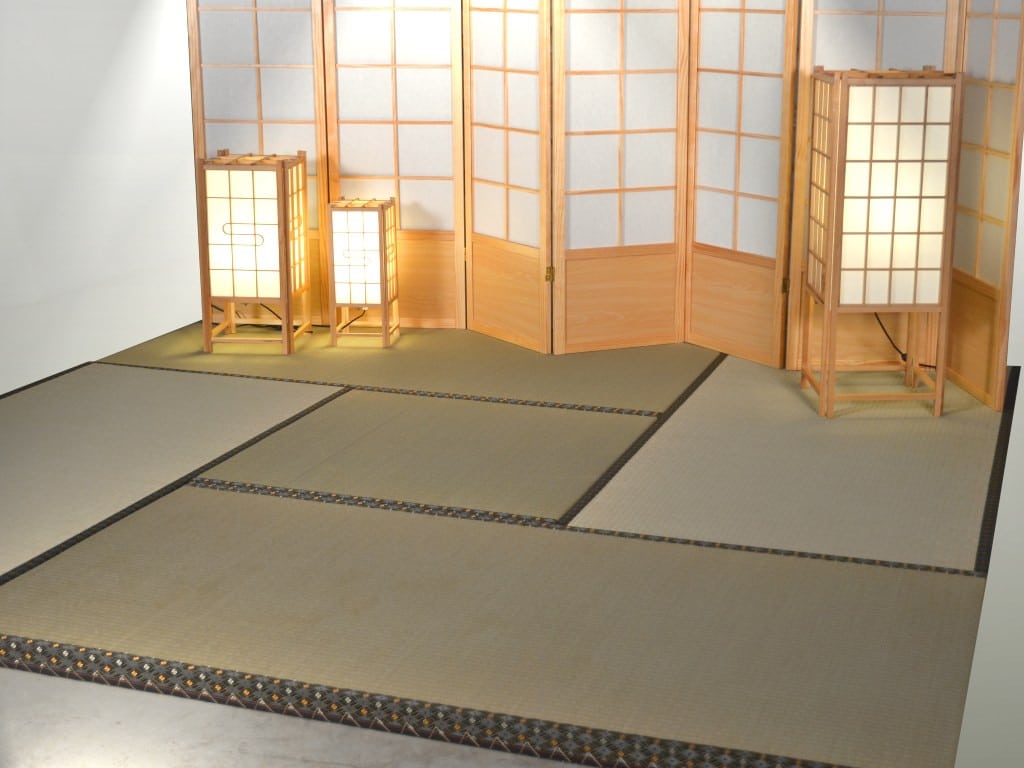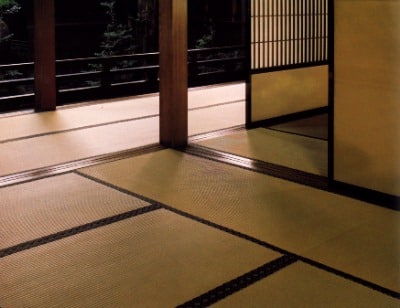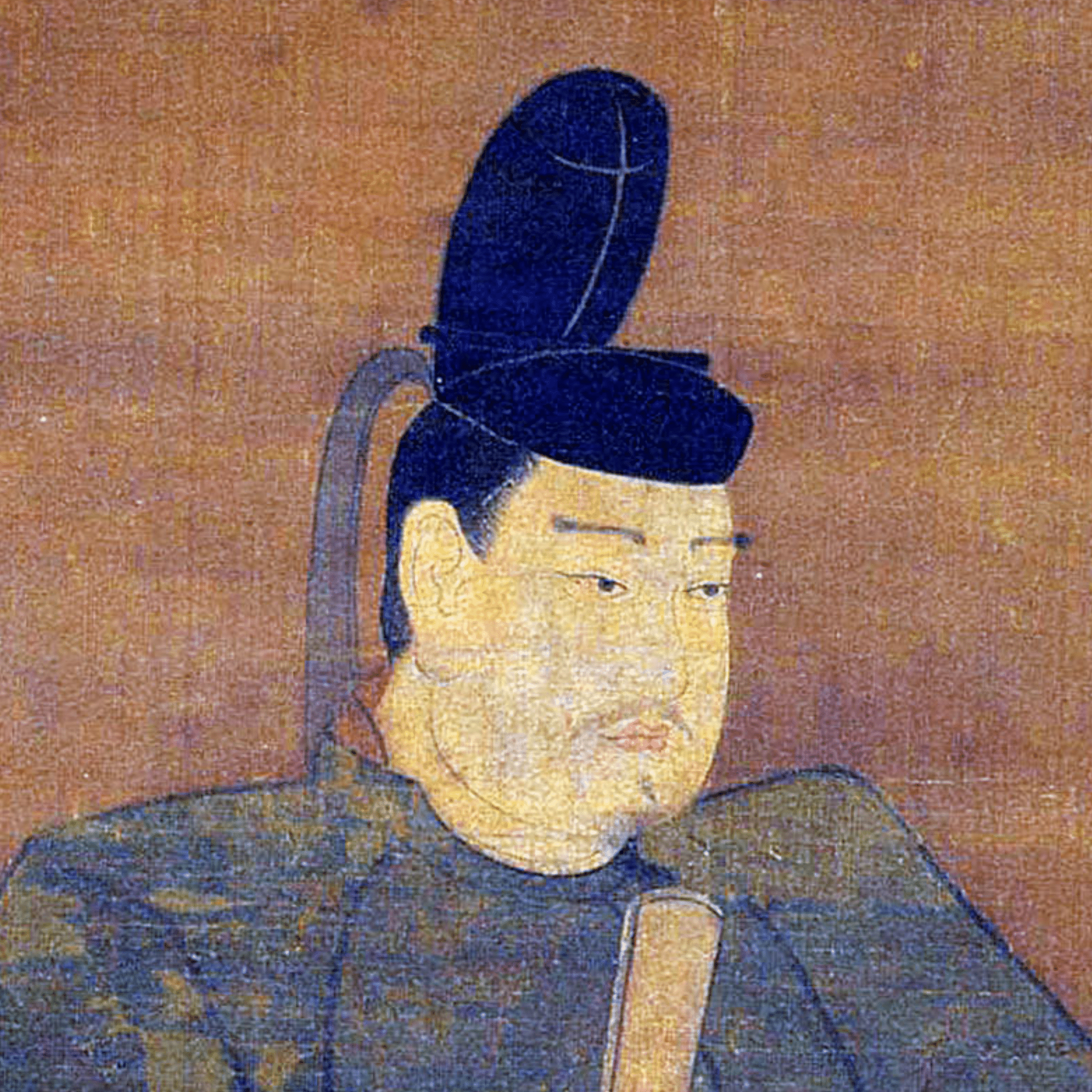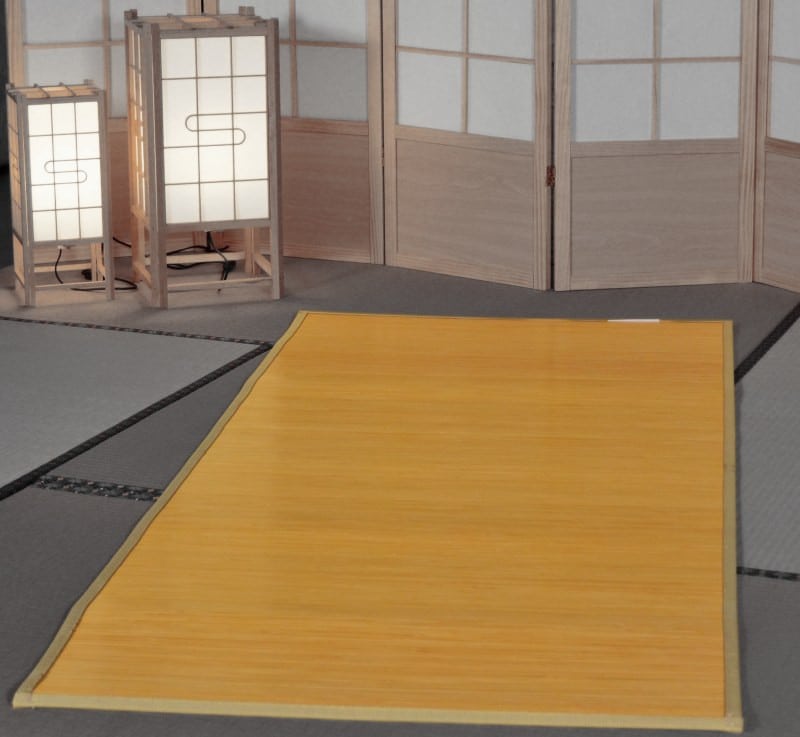The Natural Foundation for Your Space
Tatami Mats
Bring harmony, simplicity, and timeless tradition into your home with Zentai Tatami Mats. Crafted using authentic materials and traditional Japanese techniques, our tatami mats are more than just floor coverings – they are an invitation to slow down, ground yourself, and embrace mindful living.





